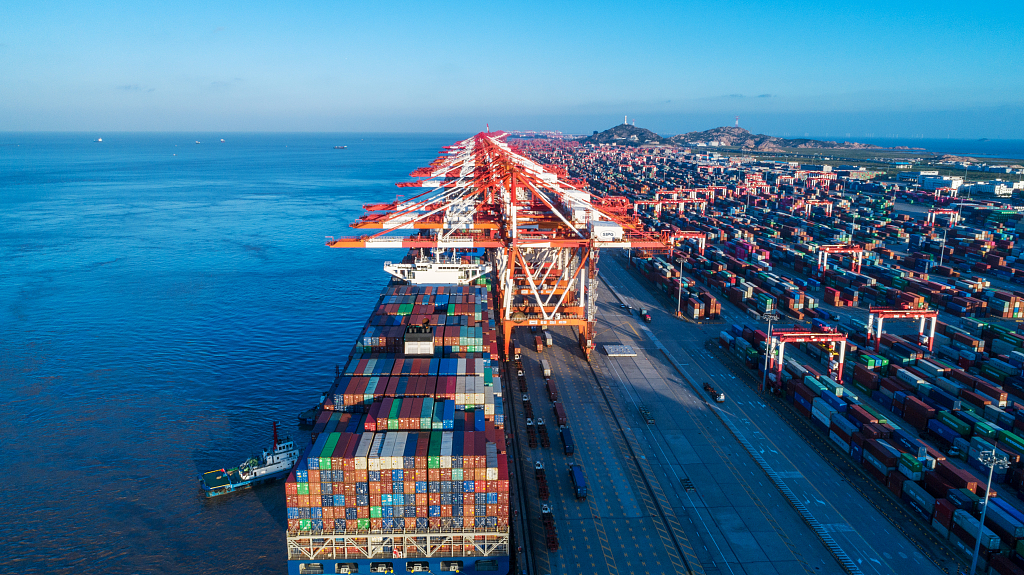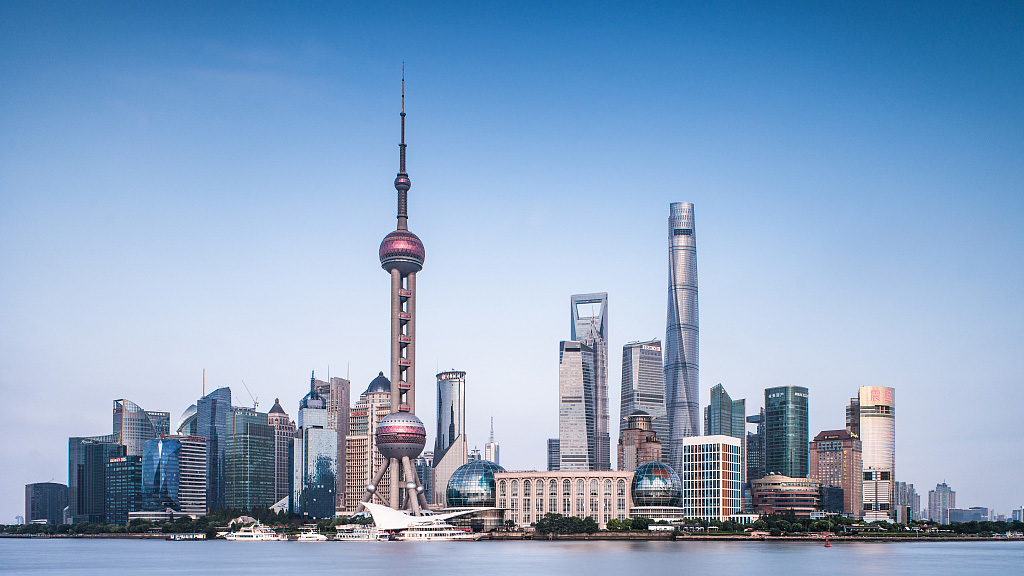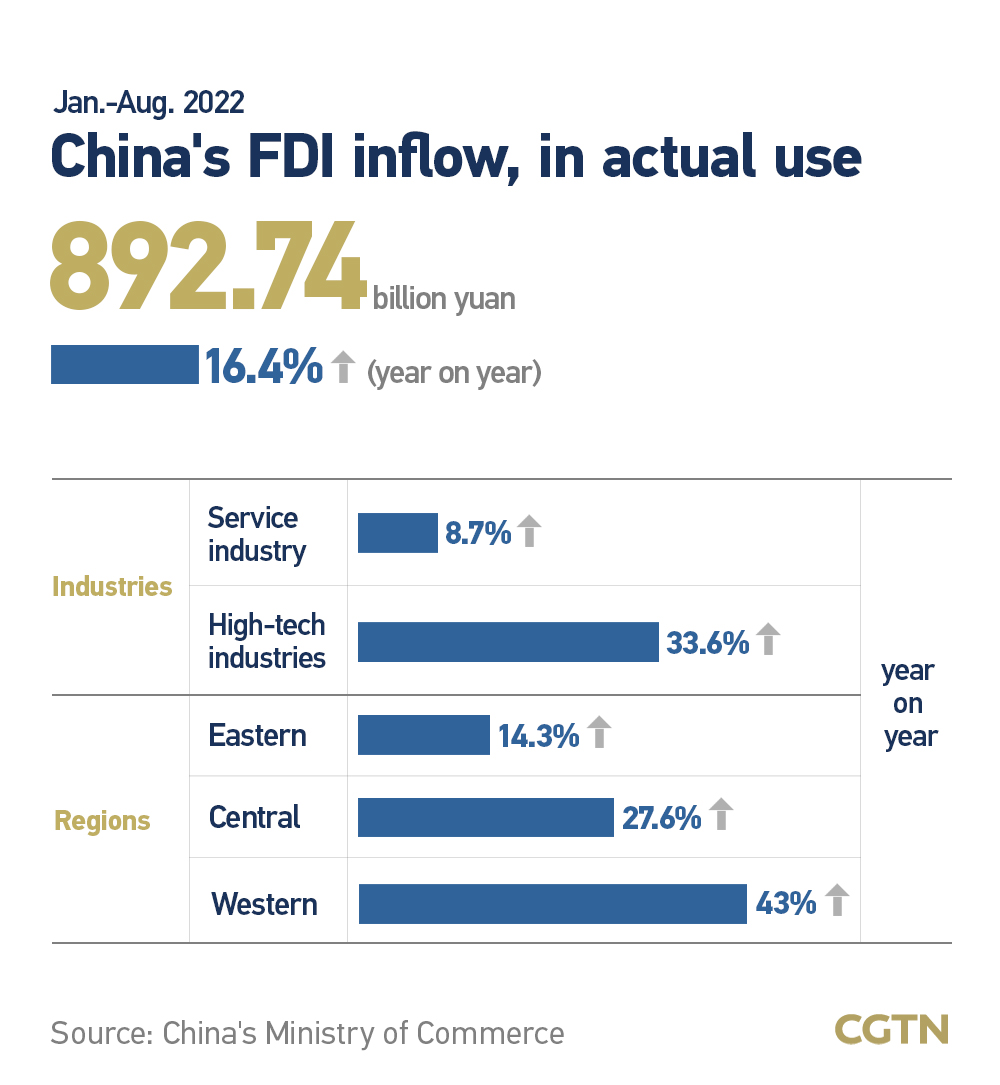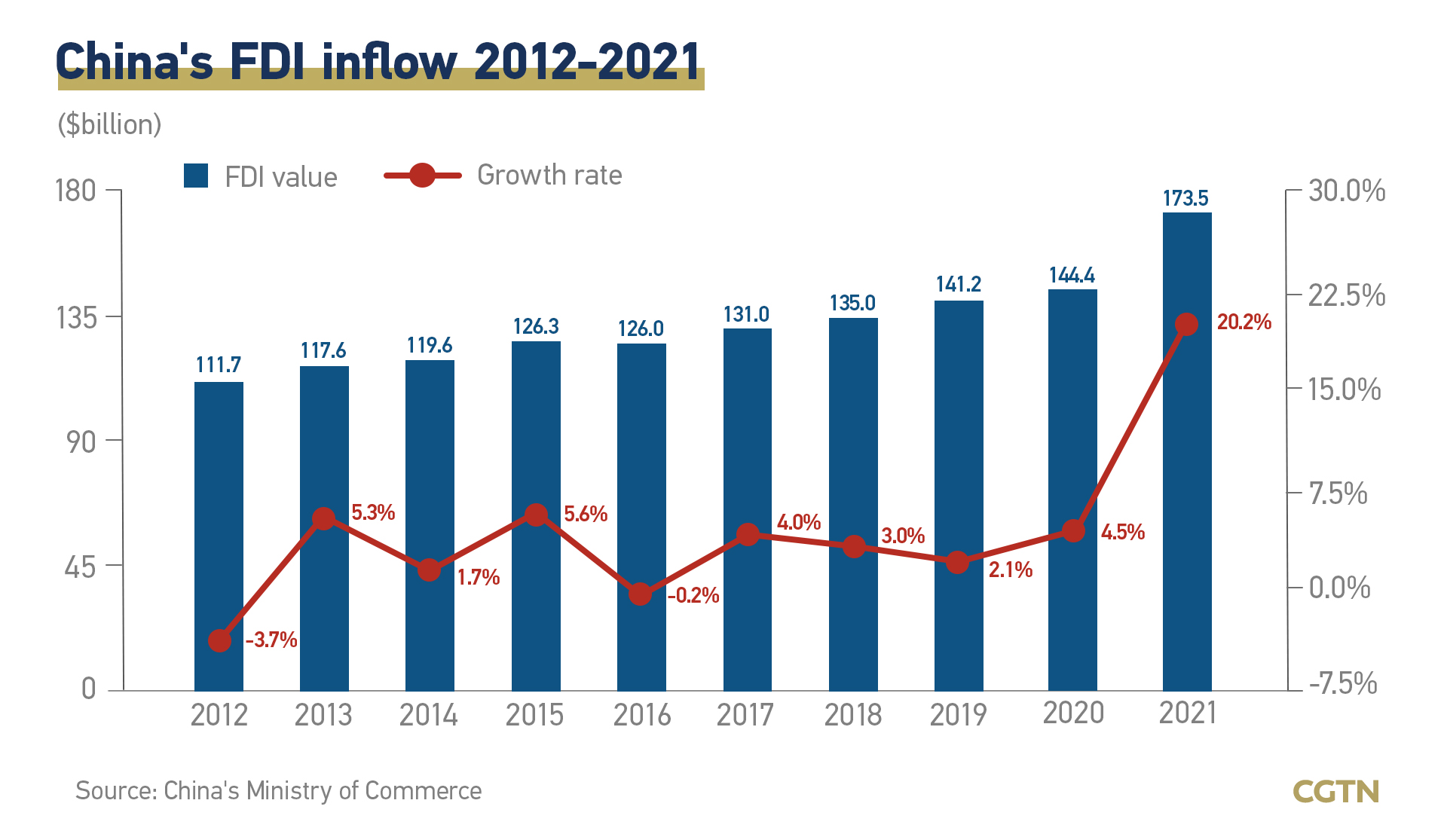07:59

China welcomes companies from all over the world to invest in the country and continue to share its development dividends as the Chinese economy has shifted from high-speed growth to high-quality development, a senior official from the country's top economic planner said on Monday.
"China's door will only open wider," said Zhao Chenxin, vice chairman of the National Development and Reform Commission (NDRC) and a member of the commission's CPC leadership group, at a press conference on the sidelines of the ongoing 20th National Congress of the Communist Party of China (CPC), the country's most important political event this year.
The dual-circulation development pattern, where internal and external markets can reinforce each other and with the domestic market as the mainstay, does not mean that China wants to scale back from opening up or even to pursue a self-sufficient economy, Zhao clarified.
Chinese President Xi Jinping has stressed over and again that the new development pattern is an open dual circulation involving both domestic and foreign markets, instead of a closed domestic loop.
The Chinese economy has long been deeply integrated with the global economy, Zhao said, adding that the domestic and foreign markets are interdependent and mutually reinforcing.
08:33

China to further encourage foreign investment
China will further step up efforts to encourage foreign investment, Zhao said, adding the country will release and implement the 2022 version of the Catalogue of Encouraged Industries for Foreign Investment, which will further expand the scope of encouraged industries for foreign investment.
China's economy has shifted from high-speed growth to high-quality development, and the country is also facing new situation for attracting foreign investment, he noted.
The country will increase policy support for foreign investment in such areas as advanced manufacturing, higher-quality services, high-tech, energy conservation and environmental protection, he said.
There will also be policy support to foreign investment in China's less developed central, western and northeastern regions, according to Zhao.
Besides, the country will launch the sixth batch of major foreign-funded projects, and help them solve the difficulties in a timely manner in the process of investment, production and operation, so as to ensure the smooth implementation of the projects.
In addition, China will further optimize services for foreign-funded enterprises, and provide more convenience for international investment, exchanges and cooperation on the premise of preventing and controlling the COVID-19 pandemic.
In the first eight months this year, foreign direct investment (FDI) into the Chinese mainland, in actual use, increased 16.4 percent year on year to 892.74 billion yuan ($127.39 billion), against the backdrop of the COVID-19 pandemic, complicated international situation and weak cross-border investment, Zhao said.

Specifically, the high-tech industries saw FDI inflow surge by 33.6 percent from a year earlier, he noted.
FDI flowing into the country's western region reported a year-on-year increase of 43 percent, followed by 27.6 percent in the central region and 14.3 percent in the eastern region.
"Generally speaking, multinational companies are confident in investing in China and optimistic about the Chinese market in the long term," he said.
China will promote higher-level opening-up to the outside world, intensify policy efforts to attract foreign investment, and give better play to the positive role of foreign investment in promoting the country's high-quality development, he said.

A rebounding economy with huge opportunities
China's economy showed a significant rebound in the third quarter, Zhao said.
"Consumer prices have risen modestly, in sharp contrast to the high global inflation, and the employment remained generally stable."
He underscored that China's economy has been recovering and resuming its growth momentum despite some fluctuations caused by the unexpected factors this year, such as the external environment, the pandemic and extreme weather.
08:29

A slew of policies have been rolled out to shore up the economy, and major economic indicators of the industries, services, investment and consumption all show signs of recovery, according to Zhao.
The country's economy still faces multiple headwinds. But facing the impact of the unexpected factors, China's economy has stabilized and rebounded in a relatively short period of time, showing strong resilience and huge potential, Zhao pointed out.
China, with a population of over 1.4 billion, has the world's largest middle-income class and the advantage of being a super-large market, he noted.
The country, with its huge market, advanced infrastructure, complete industrial systems and supply chains, provides tremendous opportunities for various companies to grow.
China's historic rise in economic strength
China has seen a historic rise in its economic strength in the past decade, Xi Jinping said Sunday at the opening session of the 20th National Congress of the Communist Party of China.
China's gross domestic product (GDP) has grown to 114 trillion yuan from 54 trillion yuan in the past decade and comes to account for 18.5 percent of the world economy, up 7.2 percentage points. Over the same period, its per capita GDP has risen from 39,800 yuan to 81,000 yuan.
Residents' income and consumption upgrades have also continued to accelerate since the 18th CPC National Congress. The per capita disposable income and consumption expenditure of residents in China reached 35,128 and 24,100 yuan in 2021, respectively, more than doubled over the decade.
China's economic development is expected to gain new strong impetus from the 20th National Congress of the Communist Party of China (CPC), Zhao said.